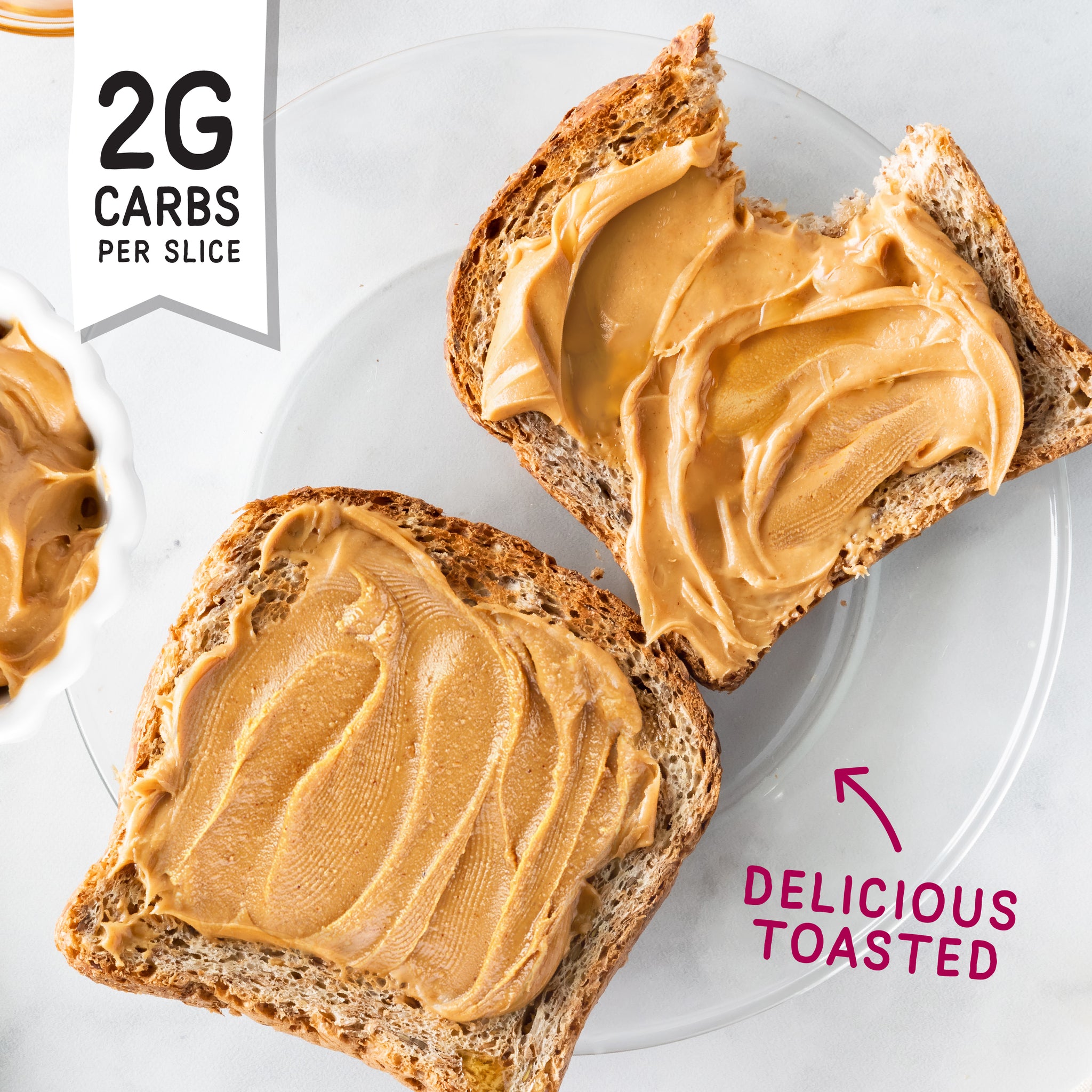Bread and ketosis have been viewed as incompatible for many years. The traditional bread is made of refined wheat flour, which is a rich source of carbohydrates. If you’re trying to stay in ketosis, a slice of regular wheat bread can impede your progression. It raises blood sugar levels which forces your body to use fat instead of glucose. Because of this, it was the reason that many ketosis-lovers abstained from bread and overlooked the convenience it offers to meals that are routinely eaten. Nowadays, however, new technology in baking has changed this story.

Image credit: fitbakes.co.uk
What Defines True Ketogenic Diet Bread?
Ketogenic diet bread isn’t just low in carbs, it’s designed to be. To create a loaf of bread rich in nutrients but practically carb-free, bakers mix high in carbs with flaxseed and almond meal. They mix these with eggs, or other proteins derived from plants. One of the defining features is the protein content. Typically, it’s around 7 grams per slice. This makes it not only keto-friendly, but also supportive of eating disorders and muscle repair.
The amount of seeds in the bread is vital. The keto bread is loaded with omega-3s as well as fiber thanks to seeds. These nutrients can improve heart health, digestion, and help to prolong satisfaction. It helps keto-lovers remain fuller longer, without feeling hungry. Keto bread is a healthier alternative to the traditional low-calorie breads that sacrifice taste.
Blood Sugar Management: The role of low Carb Bread
The lowest carb bread is more than a diet-friendly option it’s a powerful tool for metabolic health. With just 2 grams of net carbs per slice, it can help stabilize blood sugar levels, and reduces crash and spikes that contribute to fatigue, hunger and long-term insulin resistance. For people with diabetes, this bread isn’t just practical, it’s transformational. It provides the same sensory delight of eating bread as in addition to a safe glucose level, which makes it an unusual combination of comfort and control.
Low carb bread fits perfectly in diets that are calorie-conscious. At 63 calories for a slice, it allows people to enjoy a hearty sandwich or toast for breakfast without guilt. If you’re looking to achieve weight management, it becomes an ideal way to satisfy hunger while keeping carbs and calorie intake under control.
Keto Bread: A Practical Everyday Solution
The phrase “bread keto” does not mean compromise anymore. In fact, it is an opportunity to make the most of it. Breakfasts could include avocado toast with seeds and keto bread, offering nutritious fats, fiber and protein all in one healthy breakfast. Lunches in the workplace can consist of turkey and cheese sandwiches without exceeding the carb limit. Even comfort foods like low-carb loaves of garlic bread can be enjoyed for dinner.
One of the main benefits of ketogenic breads is their flexibility. It is not just a dessert it’s a staple of living a healthy keto diet that’s sustainable. It can be incorporated into every meal and removes the feeling of restriction which causes people to give up on diets.
Keto Bread: The Future of Healthy Food
Beyond keto The breads that are being used in keto are having an impact on the future of healthy diets. The high fiber content along with plant-based protein and omega-rich seed are all ingredients that can benefit anyone, not only those who are cutting out carbs. Keto bread is a popular choice for those who are looking for a healthier alternative to white flour processed.
Keto bread is a new type of baking that is different from diet trends that are only short-lived. It is a solution to about how to eat bread with no carbs, while simultaneously delivering long-term health benefits.
Conclusion
The conflict between keto diet and bread is no more a struggle. The keto diet bread is now available in a range of flavors, allowing you to have a tasty slice of bread without compromising ketosis. Since low-carb bread is widely available, people are able to enjoy sandwiches, toast, and other snacks without having to worry about breaking their low carb targets. Bread is more than just a substitute for carbs. It’s an essential component of modern-day nutrition and is a bridge to connect the comfort foods with healthy living.